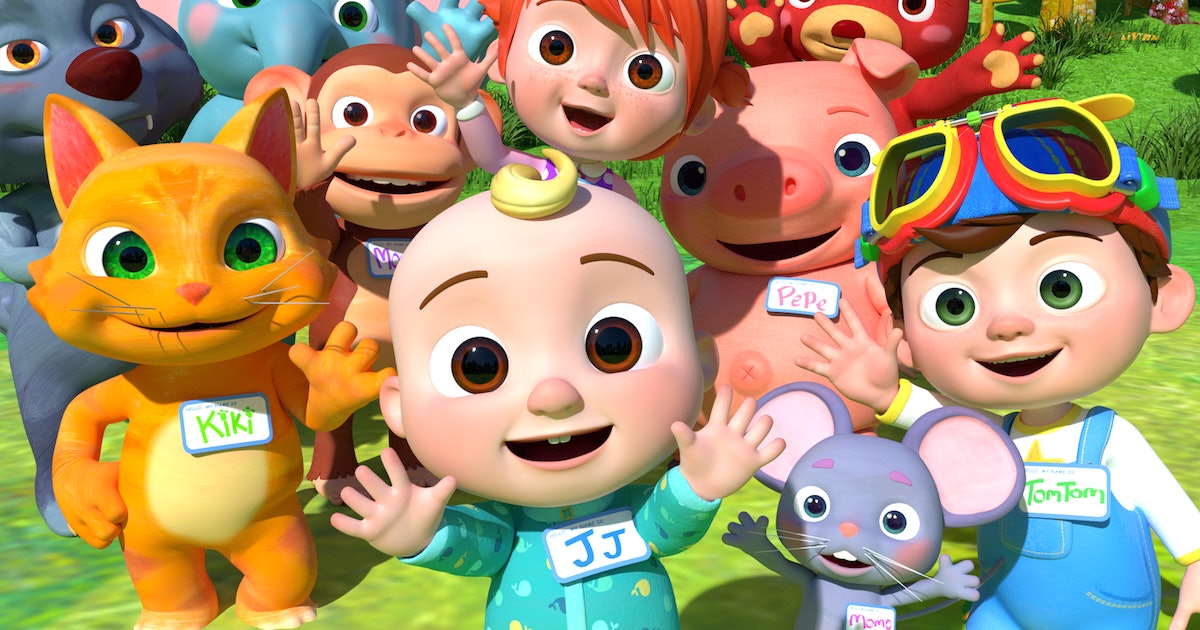By Bongiwe Zwane-Maseko
Almost all of us had a favourite cartoon growing up. Most people in the 70s and 80s grew up hooked on Tom and Jerry. My absolute favourite was Popeye and I even knew the signature tune “I am Popeye the sailor man, I live in the garbage can.” All thanks to Swazi TV. Later we got hooked on the “Cool Cats” and Disney characters such as Snow White and Cinderella, who also came in book form.
Lately, most parents will switch to Cartoon Network and other related channels just to keep their children occupied, without monitoring what it is that they are watching. Some cartoons are more suitable for adults because of their content while others are more relevant to toddlers but parents barely have time to keep track of this due to their hectic lifestyles. According to psychologists, cartoons can have a direct impact on a child’s thinking ability. Cartoons may have pros and cons and can impact children in multiple ways.
Pros
Builds their communication skills – Often kids try to communicate like their favourite cartoon show character. This helps them to open up and listen well. It also shows that they are good listeners and are paying attention to the little things that probably adults don’t focus on.
Read More: Argentina battles major dengue outbreak with atomic radiation
A learning experience – Cartoons have educational benefits for children.
Some cartoons perceive the world in a very positive way which enhances the morale of children. They begin to think positively at a very young age. A child’s growth is influenced by the various emotions that he or she goes through. Cartoons train children to absorb and understand all sorts of emotions.
Empathy, kindness, and compassion are a few.
Decreases anxiety – Who doesn’t like to have a good laugh right? Cartoons are stress busters and good confidence builders. They also teach children to take things as it is and lightly enjoy life. This also keeps them healthy.
Boosts their creativity – By nature, kids are creative. They explore and innovate. The imagination of a child can be enhanced by watching cartoons.
They can get ideas and relate to several topics by watching cartoons. They even encourage children to handhold their creative passions.
Learning at the Earliest – There’s no doubt from where once-kids-now-adults had inculcated most of their creative thinking. One of the prominent positive effects of watching cartoons is the enhanced learning process at an early age. According to a Turkish Language and Grammar Teaching study, it was found that kids tend to learn writing and speaking easily by watching cartoons rather than textbooks. Able to identify and differentiate colours, patterns, numbers, and shapes, kids can learn basic things interactively and enjoyably. Cartoon characters can help kids find their interests as early as in their second year.
Read More: European Commission avails opportunities for African institutions
Cognitive Development – Watching animation can help develop a child’s cognitive skills. Kids can develop logic and reasoning abilities, hence improving their auditory and visual processing abilities. The amount of time today’s kids spent in front of the television has increased vastly. For the age group, 3-6 years who are pre-schoolers, there are numbers of cartoon series that promote educational and practical skills. Global research indicates that 85 per cent of a child’s core brain structure is already complete in the early years.

Inspired Imagination – Back in the day, cartoon shows like Duck Tales, Talespin, and Winnie the Pooh had a storyline. These shows depicted the heroics of various characters fighting the bad guys. This is the most prominent reason why kids loved these characters and are inspired by their stories. Watching cartoons also helps increase kids’ imagination and boost their morale to be positive and build their character like their role models.
Cons
Can be addictive – Most of a kid’s brain development happens in the initial two years of life. That’s why babies and toddlers need to explore their environment and experience many sights, sounds, tastes, and textures. Kids learn to watch cartoons; they are susceptible to building an addiction to watching cartoons rather than interacting and playing with others.
The American Academy of Paediatrics (AAP) recommends limiting the amount of time that babies and toddlers spend in front of a TV screen. However, it’s a difficult task for parents to keep kids and toddlers away from cartoon shows on TVs, tablets, computers, smartphones, and gaming systems in today’s world. Too much time spent in front of a TV screen can also lead to several health problems ranging from poor eyesight to a sedentary lifestyle.
Read More: Pan-African Parliament moves to combat witchcraft in Africa
May imitate the violence – Violence and aggression are often seen in cartoons through negative characters. Children at that age may not understand and might even try out various stunts and acts which might be seriously dangerous.

Foul language -At times to win over each other, certain action characters tend to use bad language. Children pick it up very fast and try to use it on their friends at school or home. The mind and characters of children are shaped between the years of 2 to 12 and it is very important to monitor what children view, perceive, and emulate in those years. Cartoons can have a wide range of benefits if a check is kept on the ones being watched and enjoyed.
Aggressive behaviour – Several cartoon characters encourage antisocial behaviour and spread inappropriate messages to children. Aggressive and explicit content sometimes is the major reason why kids turn brazen easily. TV and internet media is the easily accessible course to learn bad traits, therefore, kids tend to behave as if it’s absolutely normal to be aggressive or violent.


